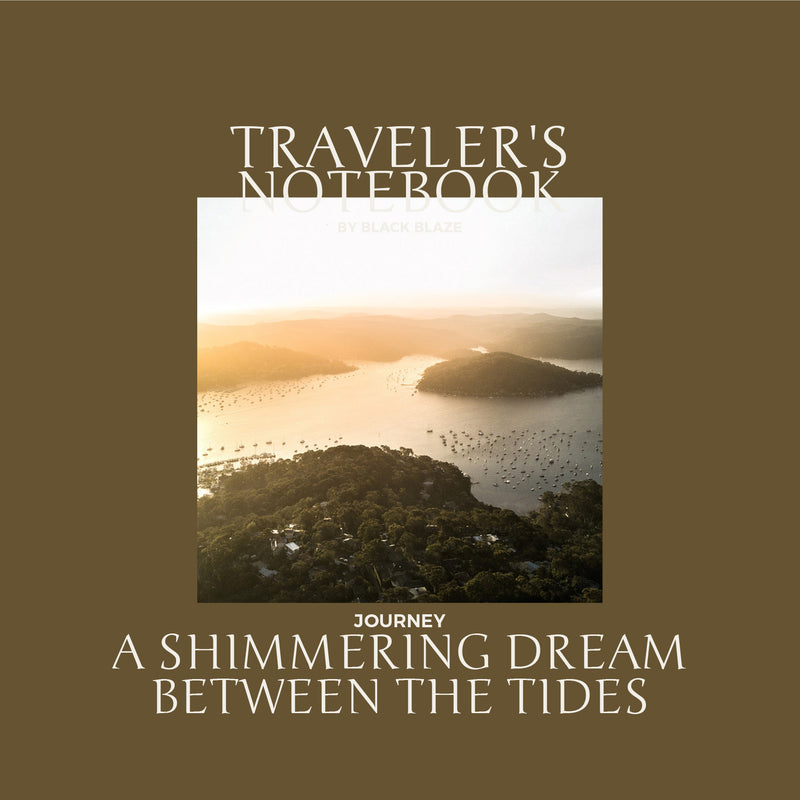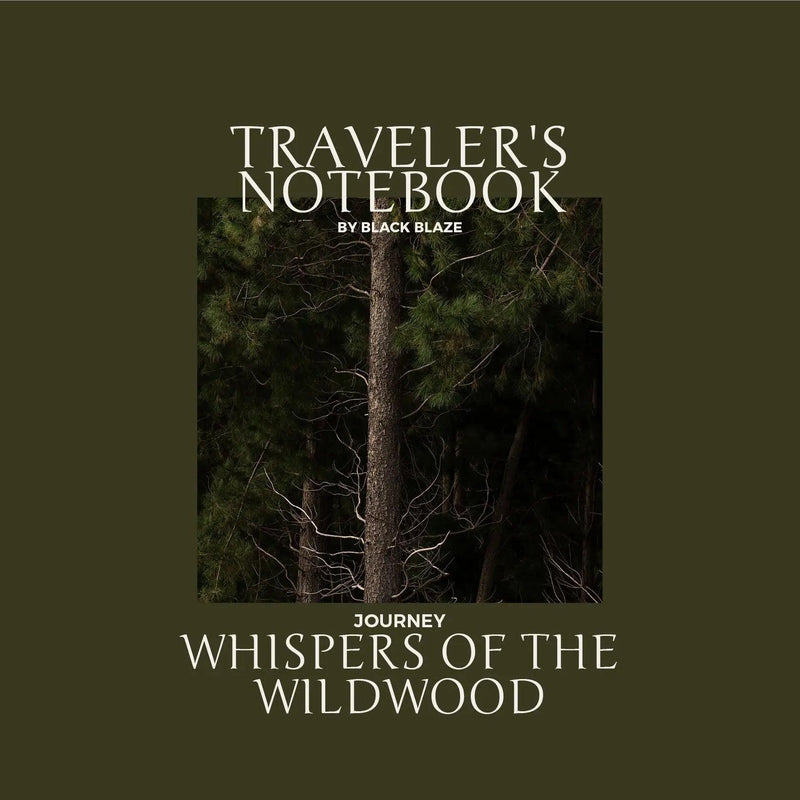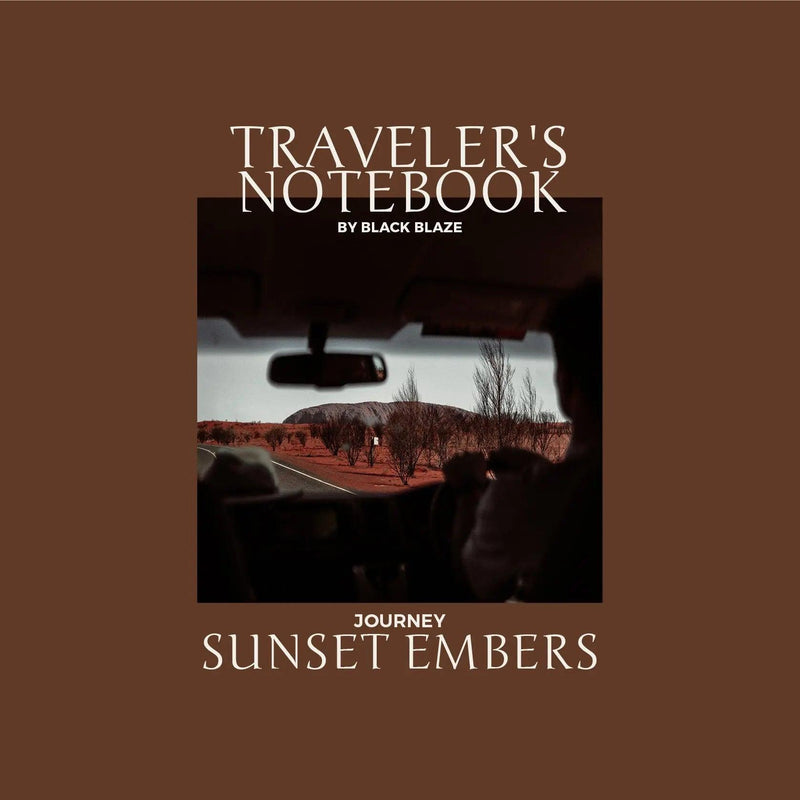
It’s amazing how quickly something can start to feel like a dream. Wineries and farms fading to ochre dust, gorges older than life, an ageless landscape painted gold.
My time on The Ghan was so sensational, so out-of-the-ordinary, that months later, I wonder how I could have been on the train at all. Did I really spend hours glued to the window as we rolled through the Red Centre? Did I float down croc-filled waters and watch the outback awaken? It’s not that the euphoria I felt on board is fading - far from it. It’s just that those technicolour memories seem to belong to another time, one that’s too spectacular to be entirely real.

An iconic rail journey, The Ghan travels over 2,979 kilometres between food-centric Adelaide and tropical Darwin, taking in terrain dotted with opals and dinosaurs. Glass of wine in hand (we’re travelling in luxury after all), you spy blue-tinged mountains rising from the expanse, sentinel to more than we could imagine. You sense the heat, the soil shifting from the softest coral to hues that look hot to touch. And there is green, swathes of it, the desert bursting to life after a period of rain. Pools of water are all that remain of once-mighty canyons, and flocks of birds add splashes of colour - galahs are most dazzling when backdropped by outback red. Wherever you find yourself (be that making merry in the dining car or ensconced in your cabin), you can’t look away. Travelling through this landscape, you connect with the earth in a different way. It is a sensory bombardment. Always there. Always extraordinary.


Things kicked up an otherworldly notch in Marla, where The Ghan made a pre-dawn stop. Roused by a gentle knock at the door, we stepped out into the darkness and made for the fire. The air smelt clean, crisp, and the scent of smoke created the comforting illusion of warmth. We watched as light bled across the plains, the sky awash with tangerine and rose, the display reflected in the silver carriages behind us. When a hint of gold finally broke over the horizon, it felt like a moment of calm before the vibrant, intoxicating storm.
Approaching Alice Springs, we crossed the bone-dry Finke River, the world’s oldest river with a continuous course, before passing through the MacDonnell Ranges. Once higher than the Andes, these mountains date back around 350-million years - if that number seems unfathomable, remember that the Finke is three times older. What we see today is all that remains of tropical mountains reshaped by gravity and erosion; and many of these valleys still brim with red cabbage palms, which thrived when these peaks lined an inland sea.


We left the train for a ramble around Simpsons Gap, a mulga-framed waterhole at the start of the Larapinta Trail. Looking back to the MacDonnell Ranges, I can see Albert Namatjira’s early-20th-century watercolours and their dreamy compositions; white ghost gums, cloudless skies and purple ranges made spectacular by delicate light.
Our off-train experience in Nitmiluk National Park the next day was just as astounding. We were here for a river cruise, our arrival heralded by the stirring of the thousand-odd flying foxes who had been chilling in the trees above. Home to rock wallabies, goannas, dingoes and freshwater crocodiles, Nitmiluk Gorge took shape following a series of earthquakes around 1.65-billion years ago - making it a quarter of the age of the earth (and fossil-free, as the gorge predates life). The Jawoyn people believe The Rainbow Serpent (Bolung) carved out this waterway in its image, and that it still resides in the deep pools of Nitmiluk’s Second Gorge. Depictions of Bolung can be seen in some of the park’s 2,000 rock paintings, which represent a time when creation spirits walked the earth.


Our final Ghan hours were filled with towering termite mounds, roaming water-buffalo and the verdant riches of the tropical north. We were bound for Darwin, and to keep the travelling magic alive, were staying on in the frangipani-scented city, delaying our return to reality as long as possible. Darwin is the gateway to Kakadu and Litchfield National Parks, Arnhem Land and the Tiwi Islands. And treasures abound within the northern capital too. There are Mindil Beach’s markets, galleries aplenty and sunsets that set hearts soaring. You can bask in the city’s street art, sample gin flavoured with Territory botanicals such as Kakadu plum and native lemongrass at Charlie’s of Darwin, or venture out with Trent Lee’s Saltwater Cultural Tours for a true sense of place.


When I close my eyes I am there: rolling through the red expanse, looking out from my cabin to find the world illuminated by stars, watching the sky glow saffron over Darwin Harbour, basking in the tropical heat.
Over time, memories shift and dance. They fade around the edges, perhaps shedding a bit of their sparkle. But this journey was different. When I close my eyes I am there: rolling through the red expanse, looking out from my cabin to find the world illuminated by stars, watching the sky glow saffron over Darwin Harbour, basking in the tropical heat. Some experiences have a way of staying with you. Blame it on the grandeur, the history, the reverence, but almost every daydream sends me back, revelling and wondering on The Ghan once more. It’s unreal.

Words by Liz Schaffer & Photographs by Marina Pliatsikas



